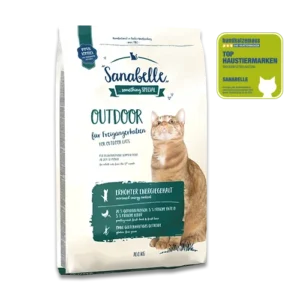Sensitive with Lamb
Ingredients
Vitamins and Additives
Notes
The score is calculated after relocation of fresh meat or fish ingredient(s) as explained in the calculation rule #7 in Chapter 1.
Information about antioxidants and preservatives is missing or insufficient. Since I didn’t want to remove points due to this missing info without any proof, I evaluated this food assuming the natural preservatives were used. But note that this is just an assumption.
Guaranteed Analysis
Notes
The score is calculated after relocation of fresh meat or fish ingredient(s) as explained in the calculation rule #7 in Chapter 1.
Information about antioxidants and preservatives is missing or insufficient. Since I didn’t want to remove points due to this missing info without any proof, I evaluated this food assuming the natural preservatives were used. But note that this is just an assumption.















